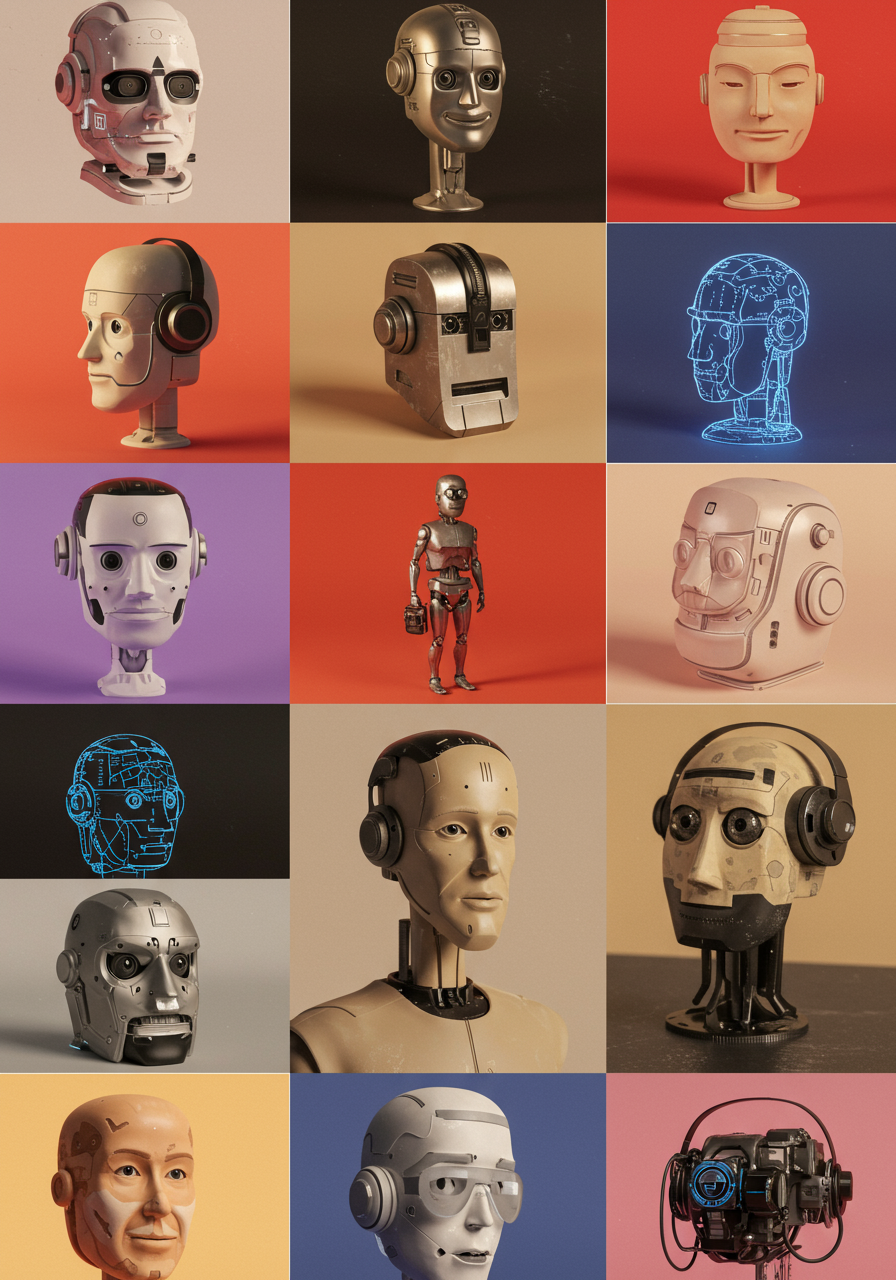It’s 3 PM on a Tuesday. The lukewarm coffee is doing nothing. Your eyes feel like sandpaper as you stare down the barrel of a blank document. On your to-do list: draft a branching scenario for conflict resolution, write 50 unique quiz questions for a compliance module, find five non-cheesy stock photos of "synergy," and then narrate the whole thing without sounding like a bored robot.
The creative energy hasn't just left the building; it's packed a bag and moved to a different continent.
We’ve all been there, trapped in the weeds of production. But what if you could automate the tedious parts? What if you could spend your precious brainpower on the stuff that really matters—the big ideas, the clever hooks, the "aha!" moments that actually change behavior?
Stop dreaming and wake up. Artificial Intelligence is here, and it’s not the job-stealing monster from the movies. It’s your new secret weapon. Think of it less as a replacement and more as the ultimate intern—one that never sleeps, holds the sum of human knowledge, and actually enjoys churning out first drafts.
Meet Your New AI Design Squad
Forget thinking of AI as a single, intimidating tool. It’s a whole crew of quirky, brilliant specialists ready to jump into your workflow. They’re here to take your trusty ADDIE model and strap it to a rocket.
The Data Detective (Analysis)
Before: Spending weeks manually sifting through learner surveys, squinting at performance spreadsheets, and trying to decipher what "more engaging content" actually means.
Now: Your AI Detective puts on its trench coat and dives into the data swamp. It can analyze thousands of open-ended survey responses in seconds, identifying key themes and sentiment. It can even scan customer support tickets or sales call transcripts to pinpoint the real knowledge gaps that are costing the business money. It emerges not just with data, but with a story: "Learners are confused about Step 3 of the process, and they feel the current examples are outdated."
The Idea Machine (Design)
Before: A grueling brainstorming session that produces three sticky notes and a headache.
Now: The dreaded blank page is officially your nemesis no more. You are the creative director, and the AI is your tireless junior designer. Feed it a few prompts: "Generate five potential course outlines for a new-manager training program, focusing on empathy and remote team management." Instantly, you have five solid structures to choose from, critique, and combine. Ask it for "ten creative ways to teach cybersecurity principles," and it might suggest a gamified 'spot the phish' challenge or a role-playing scenario where the learner has to talk a colleague out of clicking a bad link.
The Production Crew (Development)
Before: A logistical nightmare of writing scripts, begging a colleague to do the voiceover, and spending hours searching for the perfect stock video.
Now: You have an entire production studio at your fingertips.
The Personal Trainer (Implementation & Evaluation)
Before: A one-size-fits-all course is launched, and you cross your fingers. Evaluation is a post-mortem, happening weeks later.
Now: Your AI acts as a personal trainer for every learner, guiding them down adaptive learning paths that get easier or harder based on their answers. Then, it becomes the "Course Doctor," analyzing results in real-time. It doesn't just tell you that 40% of users failed a quiz; it tells you they all failed question #7, which means the content for that objective needs a check-up.
So, What's Your New Job? Genius Wrangler?
As AI handles the heavy lifting, your role transforms from a hands-on maker to a master strategist. Your new job description includes:
- The AI Whisperer: Your new core competency is crafting killer prompts. The difference between "write a video script" and "write a 90-second video script in a conversational, witty tone for an audience of skeptical engineers, explaining the importance of project documentation using a cooking metaphor" is the difference between garbage and gold.
- The Quality Guardian: AI will confidently make things up. It hallucinates facts, misses nuance, and can lack a human touch. Your job is to be the essential, critical filter. You are the fact-checker, the tone-policer, the bias-detector, and the keeper of the brand's soul. You’re not just a designer; you’re an editor-in-chief.
- The Connector: With your newfound free time, you can step out of the production weeds and focus on connecting the dots. You'll spend more time with stakeholders, better understand the business's core problems, and focus on measuring what really matters: not course completions, but behavior change and performance improvement.
Okay, But What's the Catch?
Feeling skeptical? Good. A smart designer is a critical one. Here's the fine print:
- Garbage In, Garbage Out. AI is powerful, but it’s not a mind reader. If you give it a vague prompt and poorly written source material, it will give you polished, confident-sounding nonsense. The quality of your input dictates the quality of its output.
- Trust, But Verify. Always. Never, ever, copy and paste AI-generated content directly into a final course without a thorough review. Fact-check its claims, refine its language, and ensure it aligns with your company's voice and values.
- Start Small. The sheer number of AI tools is overwhelming. Don't try to master 20 at once. Pick one pain point—like writing quiz questions or finding images—and find one tool to help you. Master it, see the value, and then expand.
The goal isn't to do less work. It's to do less of the wrong work. It's about trading tedious repetition for strategic impact. So, go ahead. Embrace your new co-pilot. Your most creative, most impactful, and most fun work is just getting started.

